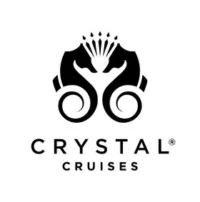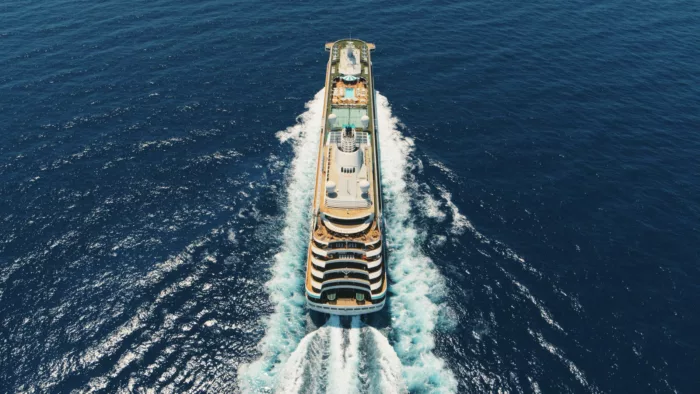
Crystal Cruises - originally founded in 1988 - offers a range of stylish luxury and expedition cruises, bringing a sense of occasion and high-end service to far-flung parts of the world. For over three decades, Crystal has gained awards and accolades by the shipload – and it’s not hard to see why.
Operating a fleet of impressive ships decked out with opulent décor and contemporary innovations, Crystal Cruises takes comfort and adventure to the next level. From succulent dining to perfectly-organised onshore excursions, not to mention helicopter trips and submarine expeditions, the cruise line boasts of serious attention to detail, for the ultimate trip of a lifetime.












With an industry-leading space to guest ratio across an array of social areas, Crystal Serenity offers the utmost comfort, quality, personalisation and choice.















